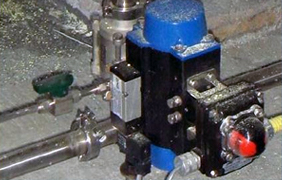Ammonia Slip Impacts Baghouse
Many coal-fired utility boilers now use Selective Catalyst Reduction (SCR) or Selective Non-Catalytic Reduction (SNCR) to reduce Nitrogen Oxide (NOx) emissions. Ammonia and urea are common reagents used in SCRs and SNCRs to enhance the reaction and boost the removal of NOx. As with most additives, the right amount is okay but too much can have downstream ramifications for other equipment, such as the baghouse.
Even the most efficient SCR or SNCR system will experience a little bit of ammonia slip. But, when it becomes excessive, problems begin to occur as the dust becomes sticky. Back-end cooler compartments are typically where problems first occur. For example, when load is reduced and gas temperature drops to the dew point, dust becomes difficult to remove from filter bags.
Sticky dust results in ineffective cleaning, which snowballs into other issues: high differential pressure, increased cleaning frequency, shortened bag life. To avoid these problems, we recommend monitoring your bypass slip closely, especially at end compartments. Staying on top of this will prevent a lot of headaches.
Helpful Resources
KnowledgeBase: Misconceptions Overview
KnowledgeBase: Cleaning Sequences Overview
KnowledgeBase: Process Analysis & Optimization
Our Capabilities: Analytical & Laboratory Services
Our Capabilities: Intelligent Baghouse Cleaning System


